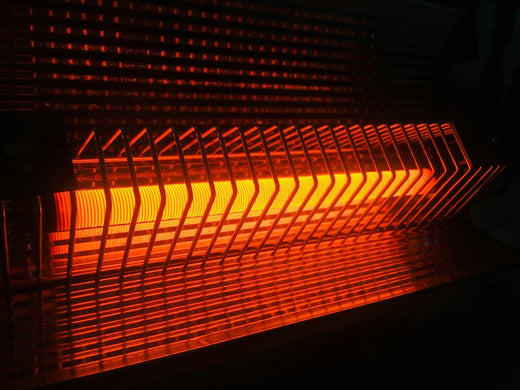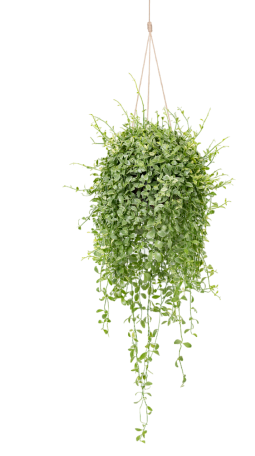How to Maintain Propane, Natural Gas and Kerosene Heaters

We want to be in touch with our customers. We know that a lot of people don’t have margin in their budget to upgrade heating and cooling systems, and we want to meet you where you are. Sure, electric heating (like heat pumps and baseboard heating) is very clean, easy to use and comfortable if you can afford it. The truth is that there are a lot of homes that use natural gas, propane and kerosene heaters because that’s what’s affordable. The upside to these old-school heaters is that they work when the electricity goes out! Whatever your reasons for using these types of heaters, we want to help you make these as safe and healthy as possible.
The main conflict between air quality and combustion-based heating is exhaust fumes. There are two types of heaters: vented and ventless. You can tell which type you have by looking to see if it has a duct that goes outside. Vented heaters have ducts that channel the exhaust fumes outside. Ventless heaters have no exhaust ducts. From an air quality perspective, it’s better to vent the exhaust outside, but ventless heaters are very popular because they have more flexibility as to where they can be placed. These include wall gas heaters, fireplaces, and standalone kerosene heaters. Ventless heaters are supposed to burn cleanly so that the fumes are “harmless” to breathe. Since 1980, all ventless heaters must have an "oxygen depletion sensor" (ODS) that detects the presence of oxygen in the room. The ODS shuts the heater down if the oxygen level dips below a preset level. (Ventless gas heaters have a down side) However, both old and newer models can produce dangerous amounts of carbon monoxide (CO) and nitrogen oxides (NOx), which most people will not know about unless they check the air around the heater with a meter. This video is a good example of how to check, and meters are available from $39. If you have a vented heater, you should also check for CO leaks, because if anything obstructs the vent, or negative pressure exists in the house, these gases could start saturating your home without warning. For both types of heaters, it’s a MUST to have a permanent CO monitor working in at least the room where the heater is located.
The other MUST is doing maintenance on the heater annually to make sure it burns the fuel cleanly and doesn’t burn dust and dirt (pet hair, anyone?) that’s accumulated in the heater. But what if it’s already the dead of winter and you're using the heater constantly? Well, a short (30 minute) shutdown will be necessary, but the rewards will be worth it. The primary cause of improper combustion is because dust or foreign material starts to plug the holes where air comes in to mix with the gas, and the heater doesn’t get enough air to burn cleanly. You can recognize trouble when there are more “orange” flames than there used to be, because a clean-burning propane or natural gas flame should be blue. Therefore, maintenance consists of cleaning the burners so that they are getting enough air. Here are some tools and materials to gather up before shutting the heater down for the job. You will not want to use any chemicals to clean the burners or surface of the heater, because residual chemicals can produce noxious fumes when the heater is in operation.
- Old rags and a spray bottle with only water (TotalClean is also safe)
- A soft brush, like a toothbrush
- HEPA vacuum cleaner, if you have one
- A source of compressed air
- Goggles and dust mask
- Large trash bag to place over the heater while blowing out the dust
- Screwdriver(s) to take off any guards
There are LOTS of videos available for cleaning combustion heaters, so we suggest searching for one or more videos that are similar to your model of heater. Make sure to allow the heater to cool completely before working on it, so that you don’t burn yourself or any tools! This video is a very thorough video for ventless wall heaters. The only problem is that the instructor does not use a mask, goggles, or vacuum cleaner, instead blowing all that dust into the room and his lungs! Granted, you want to get the dust out of the unit, but placing a large trash bag over the heater while you’re blowing out the burners could contain a lot of it.
If your gas heater continues to have orange flames even after cleaning, and it’s an older unit, it’s possible that the orifices in the burners have corroded or burned themselves to a state that they are constantly burning inefficiently. When this happens, STOP using the heater until you can renovate it. Try to find replacement burner units for your heater online through the manufacturer or a reputable parts dealer.
Kerosene heaters are definitely “old-school” but they put out a lot of heat and many people still use them. They are mobile and a great piece of emergency equipment if there is a possibility of losing power during the winter (you can store kerosene fuel up to 5 years without it going bad). This video is a great informational source about these heaters, the right kind to buy if you are considering getting one, the best way to light it, the best kind of fan to use with it, and to open your window 1” for fresh air when using one. Kerosene heaters normally produce a bright yellow/white flame when burning properly, and yellow or orange flames when they’re dirty or not receiving enough air. They have a cylindrical “wick” that soaks up the kerosene from the tank below and brings it to the combustion area. This video is another good information source on setting a new heater up and lighting it. The wick can get ragged and hardened if the heater has been operating too long or if the wick is set at the wrong height. This video shows how to access the wick, clean it with an old toothbrush, and clean the interior and exterior of the heater (but don’t use Simple Green–it has toxic ingredients! Try a simple cleaner with only citric acid). It also shows how to test the safety features (shut-off switch and anti-tip shut-off).
Finally, remember that propane, natural gas and kerosene heaters all need combustion air and all emit water vapor. This means that if you have a tightly sealed home, you will need to have a source of fresh air coming in (again, crack open a window). In addition, if the heater is used in a closed room, it can easily add enough water vapor in the air to cause condensation on the windows or a cold wall, and although a little moisture in dry winter air is generally not a problem, using such a heater all winter could cause a serious mold problem. Fans will help to distribute the heat and keep soft furnishings dry, too. Be warm AND safe, friends!
Photo by Achudh Krishna on Unsplash






